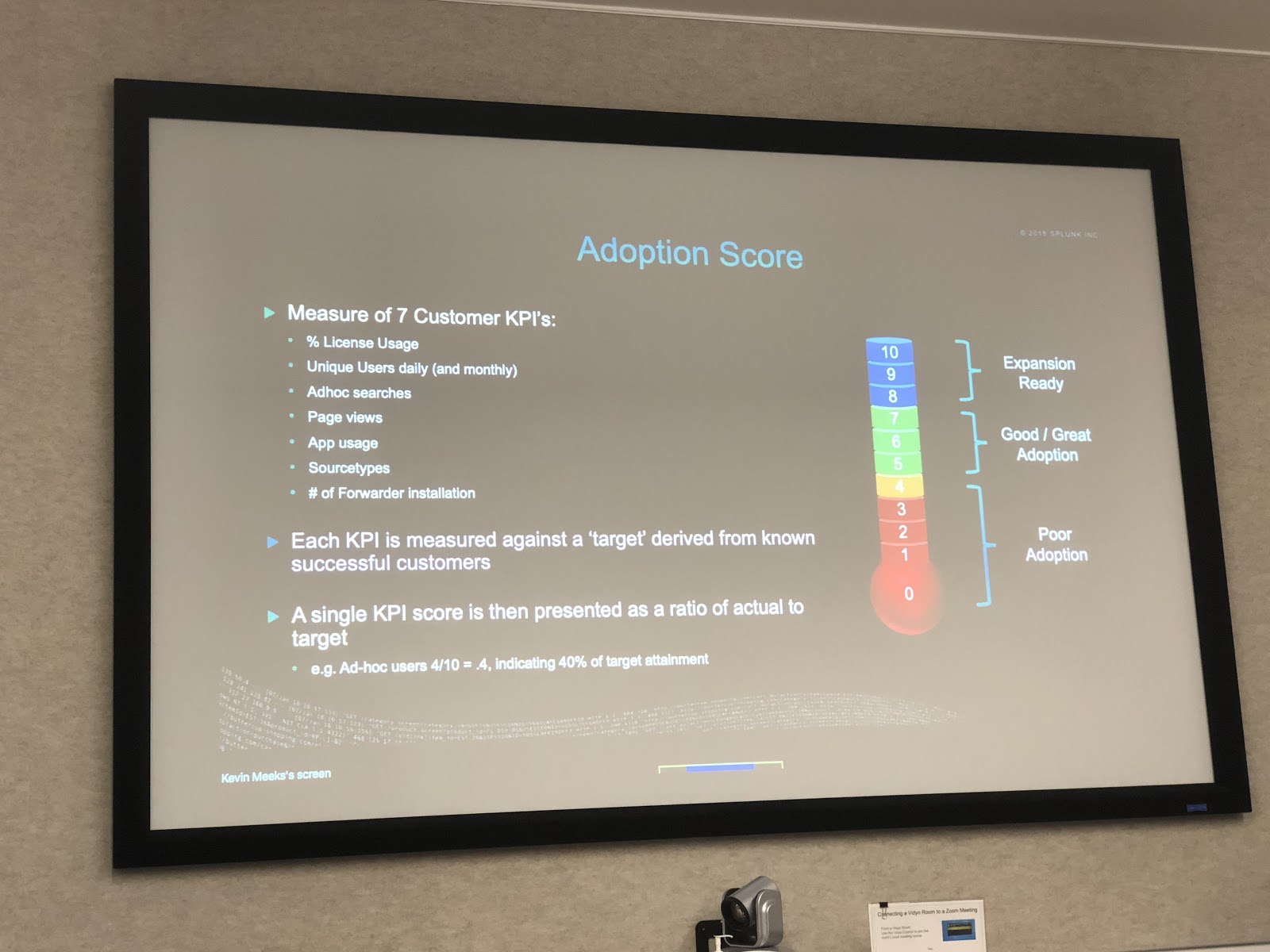It’s a tale as old as time—well, as old as, like, 2009 maybe.
Customer Success was the new business buzzword, except it wasn’t a passing fad. It was starting to gain real traction in companies like Salesforce and Workday. And a lot of CEOs were realizing they needed to get proactive about ensuring their customers’ success with their products and started investing in Customer Success Management.
But especially in high-touch scenarios, that investment would creep in the actual application away from proactive, data-enriched CSM into just another layer of reactive support.
And please don’t take that as denigrating support! Every organization on the planet needs an effective system to respond to product issues as they arise. That’s never going to change. But that’s not the mission of Customer Success.
But it is the reality of too many post-sales organizations. CSMs slowly and then all at once get trapped into putting out fires, and before long you have redundant support teams. I think that’s one reason why a lot of CS pilot programs never fulfill the transformation that true Customer Success promises. You can read a few more here.
But if you already have a CS team that’s gotten trapped into a glorified support role, how do you get out of it?
Customer Support to Customer Success at Splunk
We recently co-hosted a workshop for about 20 CS leaders alongside our client, Splunk.
Splunk has one of the most impressive teams I’ve ever seen in terms of (1) running CS in a self-sustaining way, (2) aligning to client outcomes and Splunk business objectives, (3) demonstrating ROI and (4) breaking down organizational silos. I give a ton of credit to John Sabino and Kevin Meeks—Customer Success Officer and VP CSM respectively. They’ve done an incredible job! So I don’t bury the lede here, they scaled from 85 accounts to 400 adding only five net headcount.
Now, I know I can be an excitable guy (just ask anyone unfortunate enough to watch a Pittsburgh Steelers game with me!), but literally everyone who attended came away from this event—dare I say it—so fired up about the system and processes Splunk had devised.
In fact, one attendee said, “This was the best three hours I’ve spent in two years.”
I’m unapologetically passionate about what I do, but I wouldn’t blame anyone for failing to appreciate the wonder and thrill that is business-to-business enterprise software strategy. Maybe that’s why it was so inspiring to see a team of people as unabashedly excited about what Splunk has done as I was!
Why was everyone so fired up? I think it was because it’s one thing to understand the theory behind Customer Success, it’s another thing to see the tangible payoff. And has it ever paid off at Splunk.
Take a look at this ROI slide.

How did they do that? And how can you achieve similar results?
As the Splunk team would tell you, they moved from a “glorified support role” into true Customer Success. And they made four strategic choices to get there.
1. Become growth-oriented
At Splunk, Customer Success actually started out as just another layer of support in all but name—there were 59 people managing 85 accounts. But the whole point of CS is to drive growth through retention, expansion, and advocacy. If your team isn’t seen as a growth engine, it’s probably run like a cost center. Splunk turned it around and scaled the number of accounts by over 4x. They went from 85 accounts to over 400 with 64 people! And now they’re exploring strategies to digitally touch over 3,000 while maintaining similar results to the one-to-three model—all by using Gainsight!

2. Take your clients on a journey
If your team is reactive, you’re not thinking about the next milestone in your customer’s journey. You’re hyper-focused on solving the problem at hand. That’s no way to help your client achieve their desired outcome. Splunk thinks about this journey as a pathway from adoption to outcomes, and tracks it using two core score: Adoption and Health.

Splunk’s adoption score synthesizes seven components: percentage of licenses used, unique users daily, ad hoc searches, page views, app usage, source type, and number of forwarders installed.

3. Align your teams
One of the biggest reasons why CS can end up duplicating the efforts of support (or even services or sales) is that it’s too often siloed off from those teams. Splunk’s organization is integrated from Pre-Sales to Professional Services to Customer Success to Support to Renewals. Pre-Sales strongly captures the customer’s desired outcomes and hands them off seamlessly to the Post-Sales team.
4. Use purpose-built tools

I don’t want to spend a ton of time on this at the risk of getting too “sales-y.” You know we make a Customer Success software platform, and we believe super strongly in it (and if you don’t know, now you know!) But for Splunk, our software was actually really integral in their evolution into a truly growth-driven CS organization. There’s no prouder moment for a CEO—or really for anyone in business—than to see your customers getting value out of your product. So I’ll end with their words, smiling as I type them out:
“Like you need a CRM, you need a Customer Success Platform.”
John Sabino, CSO at Splunk
“Do one thing and do it really well, rather than do a million things, half as well. Gainsight does CS really well.”
Kevin Meeks, VP CSM at Splunk

